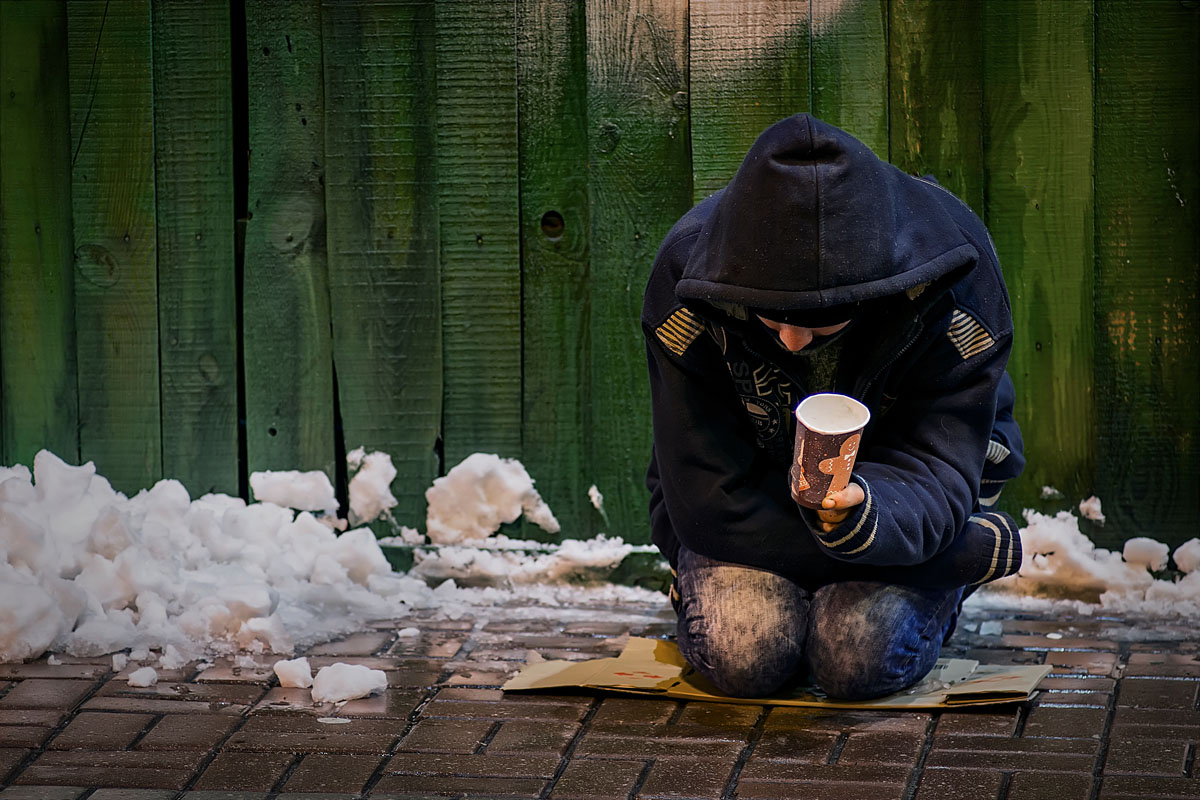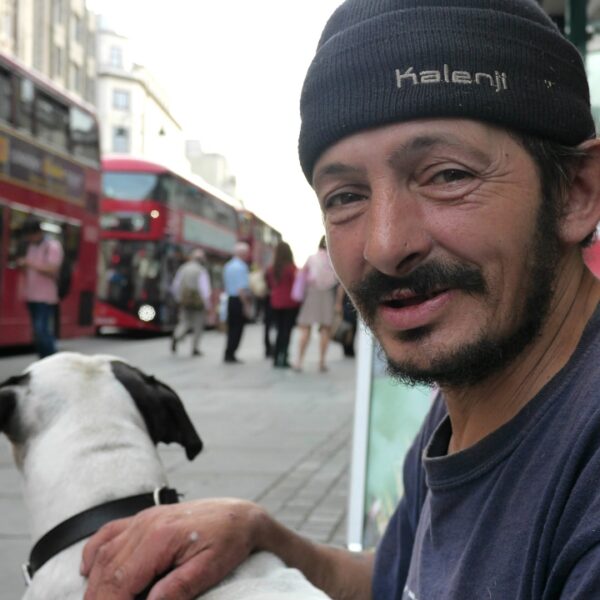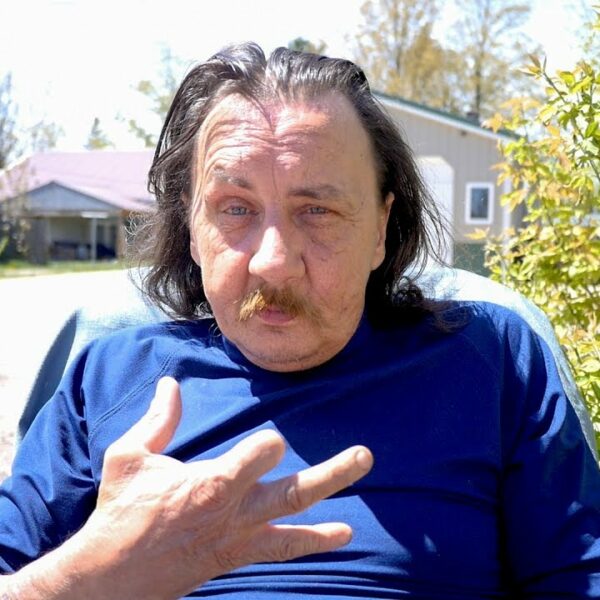Three homeless people were murdered in Louisiana’s capital during the closing weeks of December 2019, prompting this terrifying headline:
“Baton Rouge police urge homeless not to sleep outdoors after 3 killings they think are related”
Insecure housing holds certain inherent dangers that include:
- Vulnerability due to a lack of a physical roof and walls
- Exposure to harsh temperatures
- Difficulty in promoting and preserving good health
- Obtaining sufficient food
- Challenges in breaking free from addictions
These are just a few. Adding a murderer targeting homeless people into the mix was the cruelest of combinations for an already taxed group.
‘There is danger in sleeping outside’
Two bodies were found in early December under a bridge east of downtown Baton Rouge. A middle-aged man and woman had been shot to death. Exactly two weeks later, a third body was discovered. The victim was a middle-aged man who also suffered gunshot wounds and died at the scene. These three bodies were found within two blocks of each other in an area where many of the city’s homeless people congregate due to its proximity to many shelters.
The three victims were shot at close range, supposedly while sleeping.
Early suspicions held that the murders were linked, with the three victims “appearing to be homeless and therefore vulnerable,” said Police Chief Murphy Paul following the December 27 finding. “Based on the information that we currently have, there is danger in sleeping outside.”
Police officers in Louisiana’s capital reached out to the homeless community in order to spread the message that a predator may be in the vicinity and that potentially vulnerable homeless people need to go indoors. The city responded too, adding beds to local shelters.
Michael Acaldo, director of St. Vincent de Paul, a homeless shelter in Baton Rouge, welcomed the police-initiated warning to the city’s homeless people:
“Certainly having the police chief say that [it’s dangerous to sleep outside], that’s important. It’s not safe today. It wasn’t safe yesterday. It’s never safe.”
There was understandable angst within the homeless community following the three murders. “Do I have a target on my back, or what?” asked Amanda Owens, a homeless woman in the city. Darrell Blanks echoed concerns about being part of a targeted community. “Someone’s got hatred in their heart for the homeless.”
A measure of relief was felt less than a week after the third murder when Louisiana police arrested 29-year-old Jeremy Anderson in connection with the killings. Although Anderson had a RAP sheet with the Baton Rouge police, his prior offenses were minor in nature—two misdemeanors several years ago. Even after his first-degree murder charge was laid, there remains no clear motive for the attacks. Police do not know whether the three victims were known to Anderson.
Violent Acts Against Homeless People Is Hardly Exceptional
The three murders stand as a sobering reminder of the vulnerability homeless people face. The lack of a physical barrier makes them easy prey for violent predators. Discrimination against homeless people also appears to be a motivator for senseless violence.
The National Coalition for the Homeless released a report in 2018 that explored “bias-motivated violence against people experiencing homelessness.” Some of the report’s findings are noted below:
Over the last 18 years, there have been:
- 1769 reported acts of violence against homeless people
- 476 of these victims died as a result of the attacks
- The attackers were generally males under 30 years of age
In 2016 and 2017, there were:
- 112 reported acts of violence against homeless people
- 48 of these victims died as a result of the attacks
These statistics have an important qualifier: reported attacks. The Bureau of Justice Statistics says that “less than half of violent victimizations were reported to police” in 2016. Why? Self-reporting means going to the police and homeless people often experience strained relations with authority figures. This lack of trust does little to motivate victims of violence to report what has happened.
What can be done to curb this trend of violence against people experiencing homelessness? The NCH report advises a two-pronged strategy—legislative and cultural changes.
Legislative changes can shine a light on bias-motivated attacks. While hate crimes are widely publicized and do much to garner public ire, attacks against homeless people don’t get much coverage.
If discrimination against a marginalized group is the motive for an attack, should that not be defined as a “hate crime?”
Sentencing is harsher when a hate crime is associated. This may be the deterrent needed to stop violent cowards from attacking vulnerable homeless people. It would also increase public engagement and police accountability to seek justice in the cases of often underrepresented victims.
Why does NCH also call for a cultural shift? In their report, they state that “policy alone will not change the institutionalized fear and disgust for people experiencing homelessness that our communities have cultivated over the last 40 years. Legislative protections must be married with a cultural shift.”
The relationship between hatred and violence has been well documented. By reversing, or at least dialing back, the fear that housed people often have of their homeless counterparts, we can begin addressing the root cause of the disease of violence rather than just treating its symptoms. And although that sounds like a lofty goal, it doesn’t have to be out of reach. It starts with actionable items that every one of us can put into practice today.
“Cultural shift starts with daily interaction between housed and un-housed community members. We must begin to acknowledge our un-housed neighbors and affirm our shared humanity. Try to smile and say hello as you pass someone you believe to be homeless… Recognizing a person who may have been invisible for an extended amount of time can have huge ramifications on their health and well-being.”













